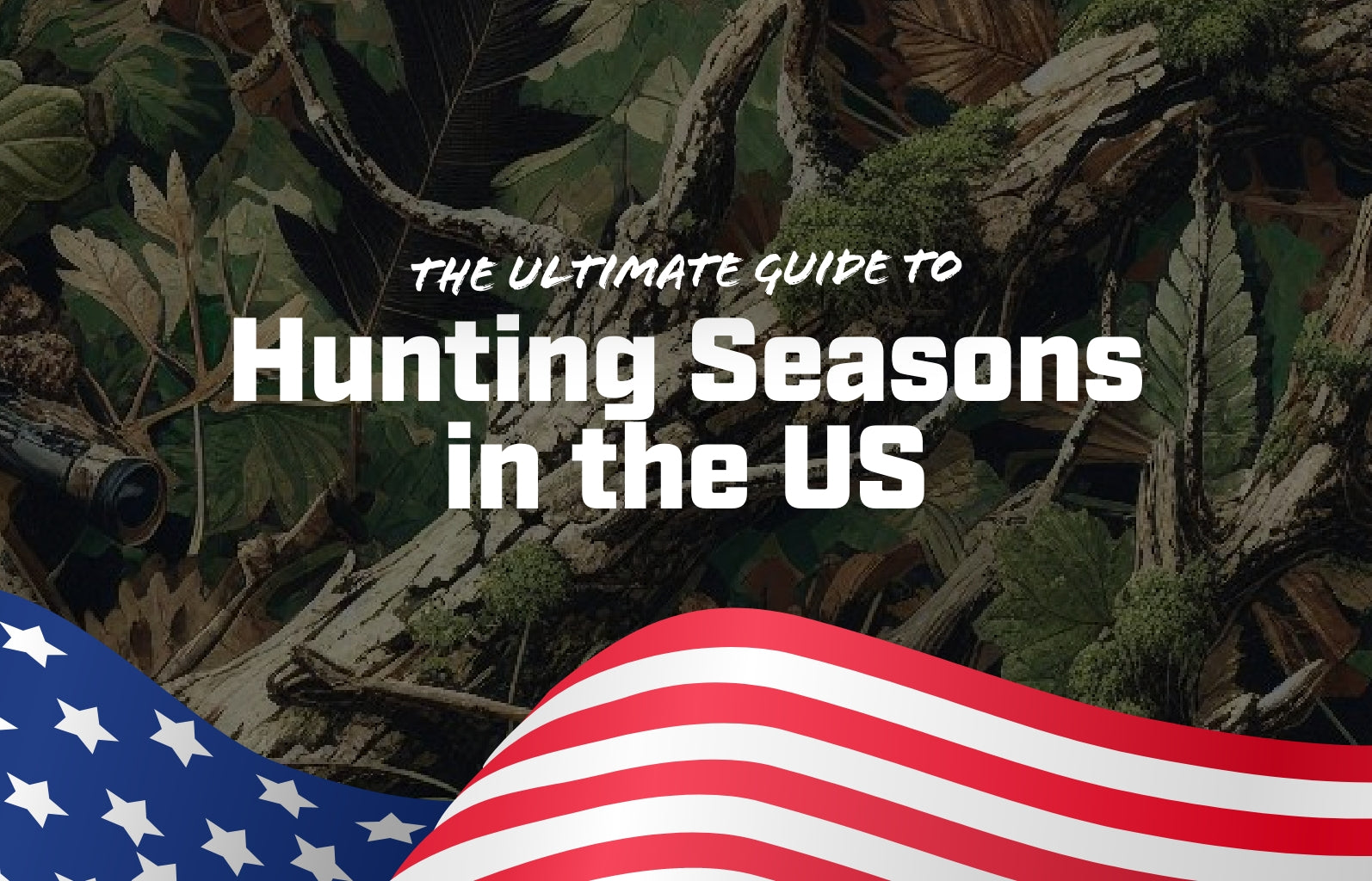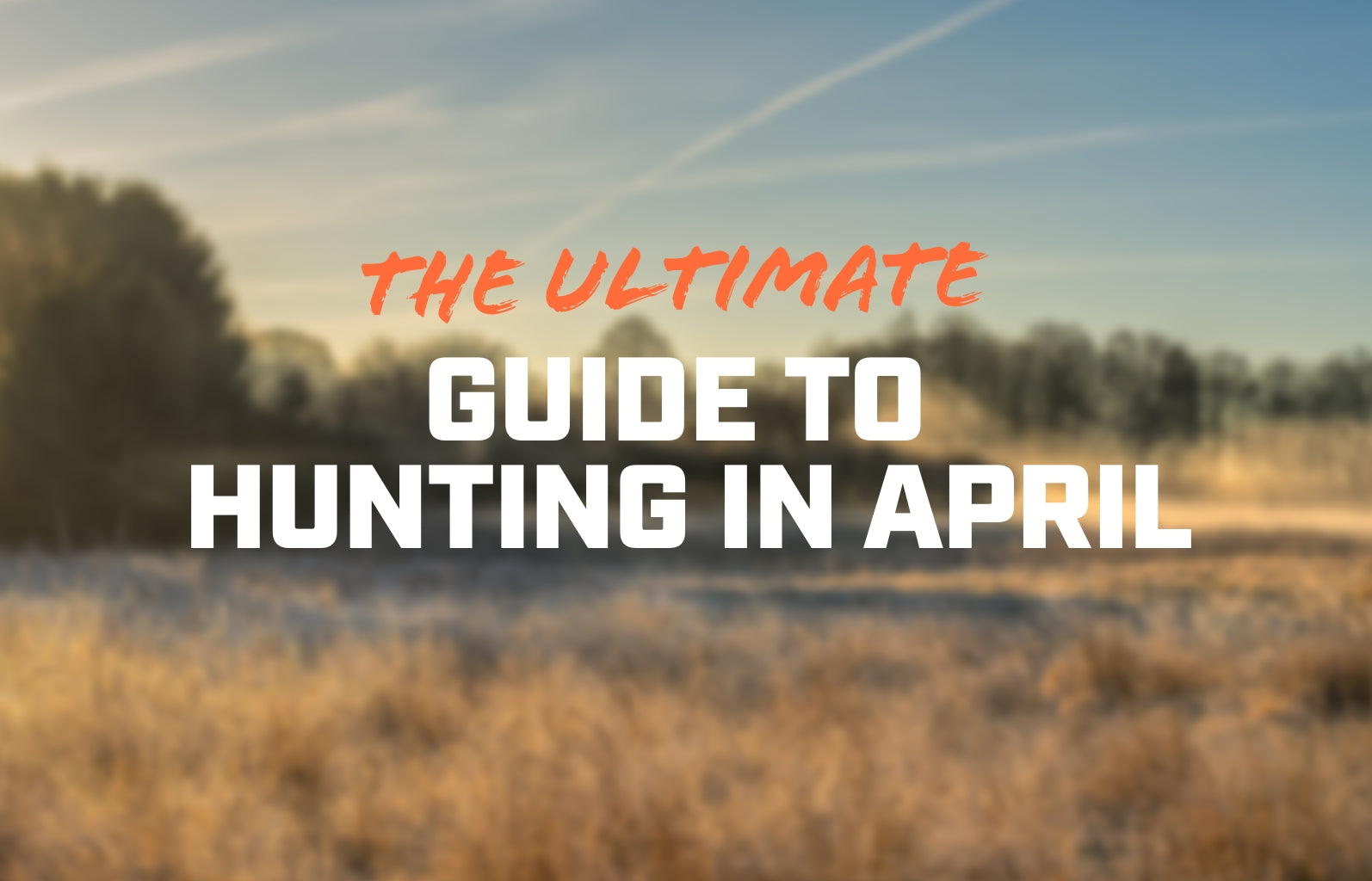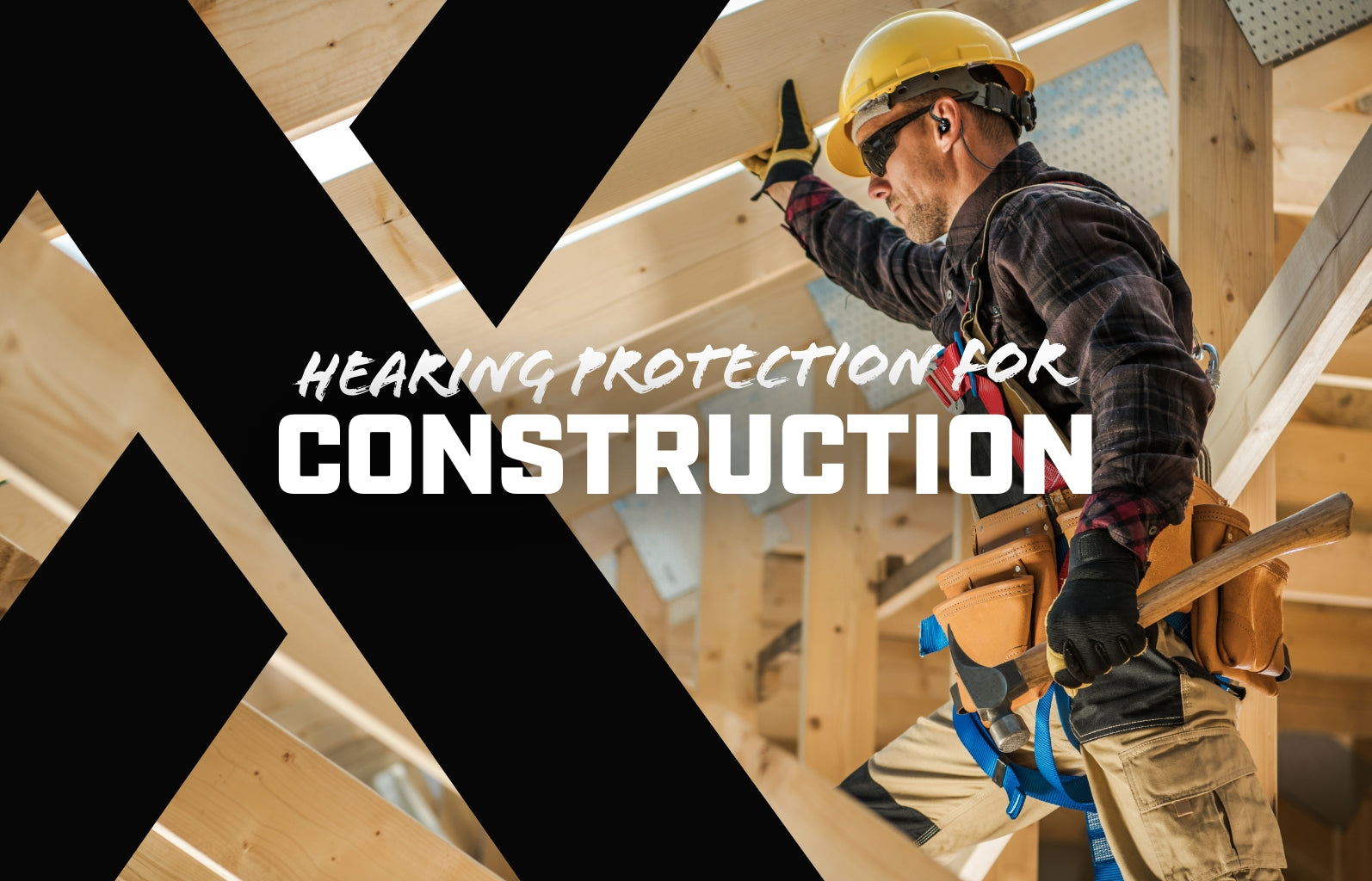The experience of purchasing a firearm and going to the range to practice with it can be very intimidating for most beginners. Anyone who takes the big step to purchase a firearm must be familiar with certain fundamentals. For many people even entering a gun store can be scary, let alone a shooting range where people are actively sending live rounds down range.
Folks who would be able to pick up marksmanship fundamentals relatively quickly, consign themselves to bad habits and poor technique for life by simply not knowing a few proven tips that can help ensure they not only excel at shooting but enjoy it much more as well. Here are important tips to assist beginners and help them avoid the common pitfalls.
1. Training Off of the Gun Range Before Going on the Range
There should be advanced preparation and training before going to the shooting range for the first time. A simple ten-minute briefing on technique and safety ahead of time can change the entire experience for a beginner. Before the noise, the smoke, and the stress, take a few minutes to learn about and discuss exactly what you are going to do on the range. It’s much easier to communicate some important things like safety and good range etiquette in a quiet comfortable environment instead of waiting until you are in an area full of people shooting very loud guns. Most ranges will provide a waiver that must be signed and it should be read carefully, as each range has different rules and policies.
2. Understanding Range Rules
Gun safety rules apply always, not just on the shooting range. Before you handle a firearm, let alone shoot live ammo on the range, you should be very familiar with rules, safe practices, and good range etiquette. Conducting oneself safely and according to the rules of the facility will help spare a potential tongue-lashing at the hands of range safety officers. However, not all ranges have staff on the range at all times which means extra care should be taken to ask questions and become familiar with what is expected.
3. Excellent Eye Protection and Ear Protection
Crucial and very underlooked. Many people who go to the range don’t give much consideration to their eye and ear protection. New people especially, typically end up just wearing whatever hearing protection is made available to them. The biggest detriment as far as scaring a new shooter, is the effect that the extreme noise of the report of a firearm has on them. This cannot be stressed enough. Choosing proper hearing protection, whether plugs or earmuffs, will make all the difference between a very uncomfortable, scary experience, versus a productive and educational one. It is good always to snap fingers or clap hands near ears after putting on hearing protection and getting ready to go out on the range. This helps to make sure they have been put on correctly and that they have been sealed or expanded properly.
4.Clothing for the Range
A baseball cap and no open or low-cut shirts. Brass casings will eject and fly from the firearm as it’s shot, and the hot brass tends to go down shirts or hit the head or face. This will not cause an injury but can become very uncomfortable, especially for someone who has a gun in their hand. Also, avoid open-toed shoes for the same reason.
5. Choosing the Proper Firearm
It is often overlooked and always cringe-inducing when someone is given a gun that is not a proper fit. At best it can result in extreme discomfort, at worst minor injury. For a handgun, most beginners should start with a full-size large-frame pistol. The more weight and size, the lower the recoil and snap. Avoid the myth of small guns being easier to shoot, it’s the opposite. Keep it simple. The more complex the firearm, the more difficult it will be to learn with. Cartridge selection and ammo type are very important as well. Small calibers like .22 and 9mm are usually the easiest to train with for beginners.
6. Getting to Know Your Weapon
A beginner should handle their firearm without loading it. Preferably on an indoor shooting range. Drop the mag, rack the slide, and aim down the sights. Getting a feel for the firearm and its weight as well as the slide and magazine release button will help improve mechanical function.
7. Mastering the Stance
At the range, with the firearm pointed in the safe direction, bringing the gun up to a ready position and back to a low position repeatedly can help prepare for the first shot. The feet should be shoulder-width apart and the upper body and arms should be tensed. Keeping a strong grip is also part of an experienced shooter's technique. Shooting experience can be apparent by how someone stands or moves their arms and hands when practicing with a firearm.
8. Practicing with a Dry Fire
Once a beginner is in a shooting lane, range experience and training can be achieved simply by hearing the sound of other shooters and most importantly dry fire. Dry fire is practicing the trigger without actually loading and firing the weapon. The trigger of a firearm must be learned and engaged repeatedly before sending any rounds down range. This is particularly important for first-time visitors to the range who may be considering purchasing a firearm. More time should be spent on dry fire repetitions than on live fire.
9. Go Slow With Your First Shots
The first few times shooting live fire should be very slow and methodical. Value from range time can be maximized by only shooting in five-round increments, versus loading a full mag and quickly dumping it. It’s also much more cost-effective. Awareness is also critical and can become limited when firing a gun quickly. A beginner should press the trigger as slowly as possible when learning a new firearm. If a cease-fire is called, it is important to unload and clear the weapon, set it down at the lane or in the stall, and step off of the firing line.
10. Cleaning and Maintaining Your Firearm
Cleaning a firearm can be dangerous if not done with great care. Many first-time shooters have accidentally shot their gun (an accidental discharge) while attempting to take it apart for cleaning. Firearm safety must always come first regardless of handling a firearm at home, or even an indoor or outdoor range. Special emphasis must be placed on knowing how to check the chamber repeatedly if need be to ensure whether a firearm is loaded or not.
Conclusion
Learning how to use a loud, powerful tool like a firearm can be intimidating for many people. However, starting with good technique and fundamentals can help build confidence which will help the process to be fun and exciting. Beginner shooters must learn fundamentals as a “clean slate” and not pick up bad habits that can be counterproductive to the process. By patiently applying these pointers, new shooters will be able to scale and mark their improvements and ramp-up to learning more advanced techniques.
FAQs
-
What should I do before going to the shooting range for the first time?
Before your first visit to the shooting range, engage in advanced preparation and training. This includes a brief session on technique and safety, understanding the rules and policies of the range by reading any waivers carefully, and familiarizing yourself with basic gun handling and range etiquette in a quiet, comfortable setting. -
How important is eye and ear protection at the shooting range, and how do I ensure it's effective?
Eye and ear protection is crucial for safety and comfort at the shooting range. Ensure you choose proper hearing protection, like plugs or earmuffs, and verify they are correctly sealed or expanded by snapping your fingers or clapping your hands near your ears after putting them on. This step is essential to protect your hearing and make your experience more educational rather than uncomfortable. -
What type of clothing is recommended for a shooting range visit?
For safety and comfort, wear a baseball cap and avoid open or low-cut shirts to prevent hot brass casings from causing discomfort. Also, avoid open-toed shoes. This attire helps protect against hot brass and other potential minor hazards. -
How do I choose the proper firearm for my first shooting range visit?
Beginners should start with a full-size, large-frame pistol as it has lower recoil due to its weight and size. Avoid small guns thinking they are easier to handle; it's actually the opposite. Opt for simple firearms and consider starting with smaller calibers like .22 or 9mm for easier training. -
Why is dry fire practice recommended for beginners at the shooting range?
Dry fire practice, which involves pulling the trigger without a live round, is crucial for beginners to get accustomed to the firearm's trigger and improve their handling before actually firing live ammunition. It helps build familiarity with the gun's mechanics and ensures a safer, more effective live fire practice later.









 Accessibility
Accessibility

Share:
Common Gun Terms You Need to Know
Preparing for Fall Hunting Season: Essential Gear and Tactics